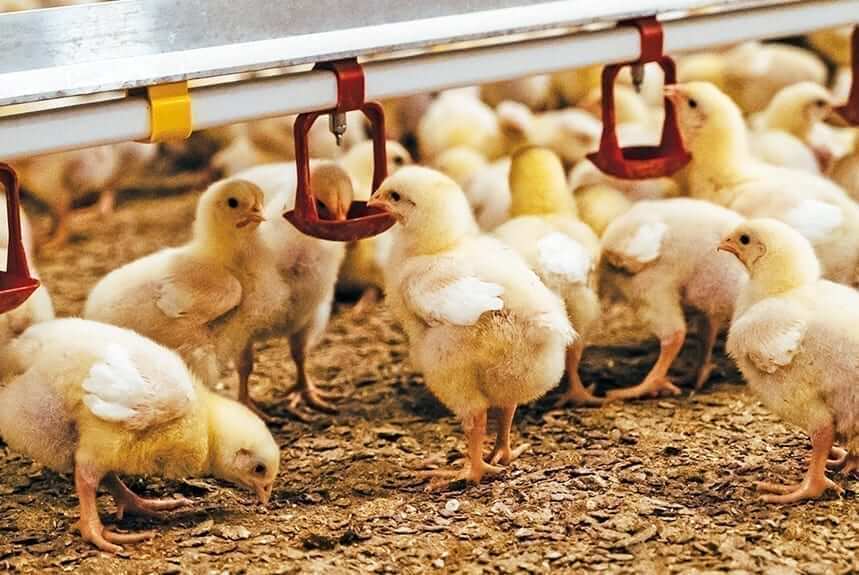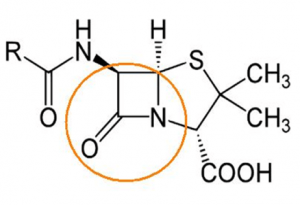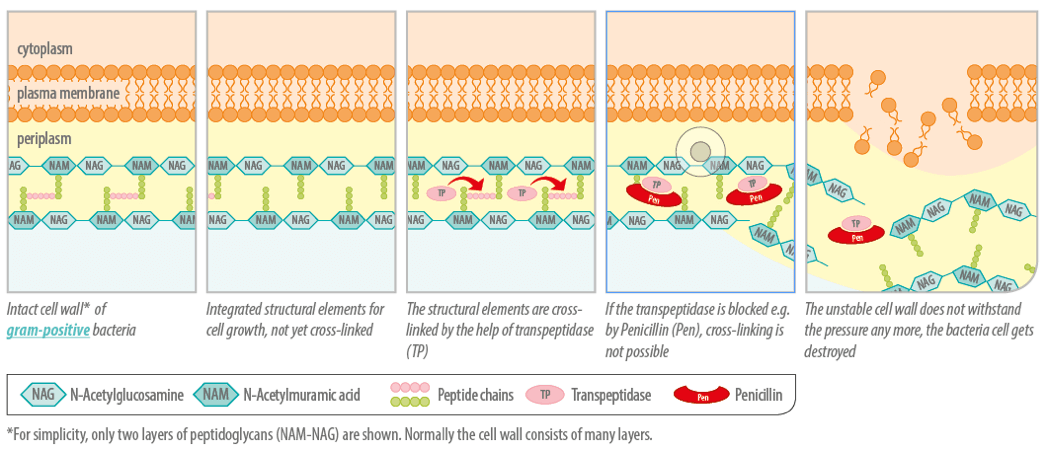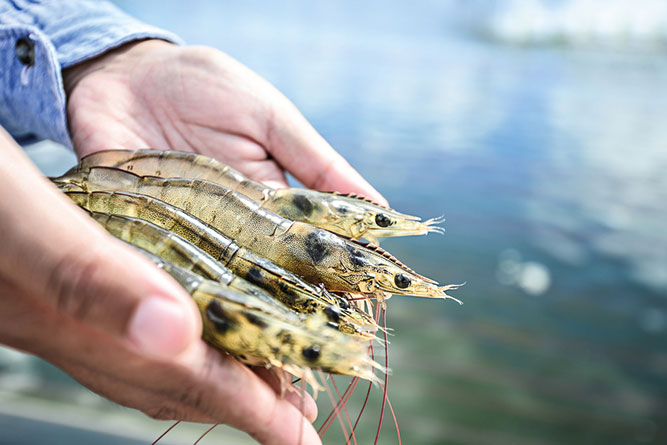Necrotic enteritis in poultry

Enteric diseases cause significant economic losses due to decreased weight gain, higher mortality, higher feed conversion, higher veterinary costs and medicine and a higher risk of contamination by poultry products in food production. The losses due to necrotic enteritis mainly occurring in broilers and fattening turkeys in intensive floor or free-range management are put at 2 billion US$ per year.
After the ban of antibiotic growth promoters, the relevance of this formerly well controllable disease reappeared and increased.
Necrotic enteritis is a disease of the gut
It is caused by specific gram-positive, anaerobic bacteria – Clostridium perfringens, mostly Type A. Clostridia are found in litter, faeces, soil, dust and in healthy animals’ guts. These spore forming bacteria are extremely resistant against environmental influences and can survive in soil, feed, and litter for several years and even reproduce.
Clostridium perfringens is a component of the normal gut flora. It occurs in a mixture of diverse strains in a concentration of up to 105 CFU / g intestinal content. In animals suffering from necrotic enteritis particularly one strain of Clostridium perfringens is found in a much more higher concentration of 106-108 CFU / g.
Necrotic enteritis affects chickens and turkeys at the age of 2-16 weeks, proliferating at the age of 3-6 weeks. There is an acute clinical, and a subclinical form.
Birds suffering from the clinical form clearly show symptoms like a poor general state of health and diarrhoea. Mortality rates up to 50 % can occur. Subclinical necrotic enteritis cannot be diagnosed easily, as there are no clear symptoms. This form, however, stays within the flock and causes losses due to decreased growth.
Factors promoting an infection with necrotic enteritis should be avoided!
In general, factors have to be cited that create an intestinal environment favourable for the facultative anaerobic Clostridium perfringens or weaken the immune status of the host:
- Feed:
Here NSP’s have to be mentioned. Undigested NSP’s serve as substrate and some of them cause higher production of mucus also serving as substrate and providing ideal anaerobic conditions. Undigested proteins due to high contents in the diet also serve as substrates. Animal protein and fat are worse than vegetable variants and a homogeneous size of particles in the diet is better than an inhomogeneous mixture. - Stress
Stresses such as feed change or high stocking density favour NE - Diseases
Immunosuppressive diseases such as infective chicken anaemia, Gumboro or Marek’s decrease resistance against intestinal infections and facilitate their colonisation. Some pathogens exert pressure on the gut and prepare the way for clostridia. Here Cryptosporidia and salmonella have to be mentioned.
New approaches
Secondary plant compounds show good results against the two microorganisms just mentioned. In a trial conducted with free range broilers in France, a combination of a vaccination against coccidia and a mixture of secondary plant compounds (Activo liquid) resulted in a reduced occurrence of necrotic enteritis in the trial group compared to the control. Additionally due to an improved feed conversion, the margin per animal in the trial group was 5 Cent higher than in the control (1,44 € vs 1,39 €).
In an in vitro test, Activo liquid also showed bactericidal efficacy against field isolated Salmonella pulmorum and Salmonella gallinarum at a 2 % concentration.
The trials show that combined with a good feeding and stress management, secondary plant compounds, could be a good tool to eliminate predisposing factors for necrotic enteritis and could therefore help control this economically important disease.








